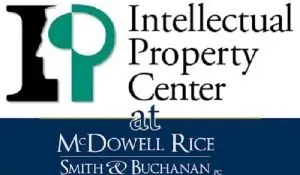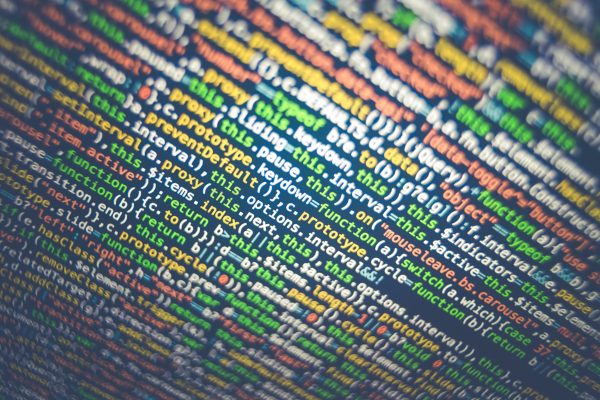Software Patents
Protection and Enforcement of Software Patents is on the rise as a result of recent changes at the Patent Office and from the Courts. As a result, it may be a good time to protect your software with a Software Patent Application.

Photo by Markus Spiske
Patents protect inventions if they fall into one of four general categories including processes, machines, methods of manufacture, and compositions of matter. Neither software nor computer programs are explicitly stated as being patentable. However, the U.S. Supreme Court has indicated that software can be protected by patents. As a result, the U.S. Patent Office has issued patents for software based inventions. In some cases, these software patents involved nothing more than a few lines of computer code, in other cases, they included thousands of line of code and processes or systems which were including and were preformed by a computer.
As a result of a lawsuit (Berkheimer v. HP Inc., 881 F. 3d 1360 (Fed. Cir. 2018)), the Federal Circuit and the Patent Office have issued new guidance to help patent applicants and litigants overcome barriers based upon arguments that software based inventions are unpatentable.
Protection of Software
To be patentable, Software Patents must meet the same requirements as other inventions. That is they must be:
- Patentable subject matter;
- Useful;
- Novel; and
- Non-obvious.
The main question for Software Patents is not whether they are useful but whether they are patentable. To be patentable, an invention must fall into one of five categories. It must be:
- A machine;
- A composition of matter;
- A process;
- An article of manufacture; or
- An improvement related to these areas.
If an invention falls under these categories, it is generally considered to be patentable subject matter. However, even if it falls into one of these categories, laws of nature, physical phenomena, and abstract ideas are not patentable. No one owns the exclusive right to a human or the sun for instance.
Alice Case
Software, at its most basic level is digital which means it can be represented by a bunch of 1S and 0s which exist as a result of an algorithm. Because the 1s and 0s are based on a computer instruction, their is an argument that software as a mathematical algorithm is not patentable subject matter.
In a patent infringement case involving a Software Patent (referred to as Alice), the US Supreme Court questioned the patentability of Software Patents. Alice Corp. v. CLS Bank Int’l (2014) into question when by holding that that patents involving computers must have additional elements capable of making them significantly more than an abstract idea themselves. According to the Court, the mere recitation of a generic computer cannot transform a patent-ineligible abstract idea into a patent-eligible invention. Within days, the USPTO issued new guidelines for Software Patents, indicating additional steps required to determine if software was capable of being patentable.
Under Alice, the Patent Office was required to conduct a two-part test to determine if software was patentable. The test included a determination about whether the invention was directed at an “abstract idea” or “law of nature,” and if it did, whether the invention added something significant, some additional element, which transformed the invention into something significantly more than just an abstract idea incapable of patent protection.
Alice has crippled Software Patents
Historically, the percentage of patent applications rejected for lack of patentable subject matter was in the single digits. Typically it was between 2 and 10%. However, after Alice, it doubled. Looking at software patents alone this number nearly tripled with the number of rejections for lack of patentable subject matter jumped up towards 90% from around 30% beforehand. Alice has made it easier for patent examiners to reject software patent applications. In addition to rejecting patent applications, enforcement of patents was dampened. Since Alice, almost 60% of the trial courts and 90% of the appellate courts which have considered this issue have found that Software Patents invalid. In 2015, after Alice, the USPTO reported a first time decline in the filing of Software Patents in the U.S.
Post Alice Guidelines for Software Patents
Since Alice, the USPTO has issued guidelines to try to help obtain a software patent. Based on the guidelines, unless the additional element is determined to be well-understood, routine or a conventional activity, then a Software Patent may be obtained. The following are some current tips to obtaining a Software Patent:
Here are some key tips for obtaining a software patent after the Alice decision:
- Focus on technical improvements and solutions to technical problems. Emphasize how your software improves the functioning of a computer or other technology.
- Avoid claiming abstract ideas implemented on generic computers. Instead, describe specific technical implementations and architectures.
- Include detailed technical descriptions in the specification. Explain how the software works at a low level, not just high-level functionality.
- Draft claims that are tied to particular machines or transformations of articles. Avoid claims that could be performed mentally or with pen and paper.
- Highlight unconventional technical features that go beyond routine computer functions. Explain why the claimed elements are not well-understood, routine, or conventional.
- Consider including hardware elements in the claims, like specialized processors or devices. This can help show the invention is not just an abstract idea.
- Explain technical advantages and improvements over prior art approaches in the specification. Quantify benefits where possible.
- Use flowcharts, pseudocode, and other technical diagrams to illustrate the technical nature of the invention.
- Draft multiple claim sets with varying levels of technical detail. This provides fallback positions during prosecution.
- Be prepared to argue patent eligibility during prosecution. Cite relevant case law showing similar software inventions found eligible.
- Consider filing in areas the USPTO has indicated are more likely to be eligible, like AI, blockchain, etc.
- Contact a patent attorney experienced in software patents post-Alice to craft an effective strategy.
The key is to focus on the technical nature of the invention and avoid claiming abstract ideas implemented on generic computers. With careful drafting and argumentation, software patents can still be obtained post-Alice.
If you have questions about obtaining a Software Patents, please contact our office to speak with one of our patent attorneys.


